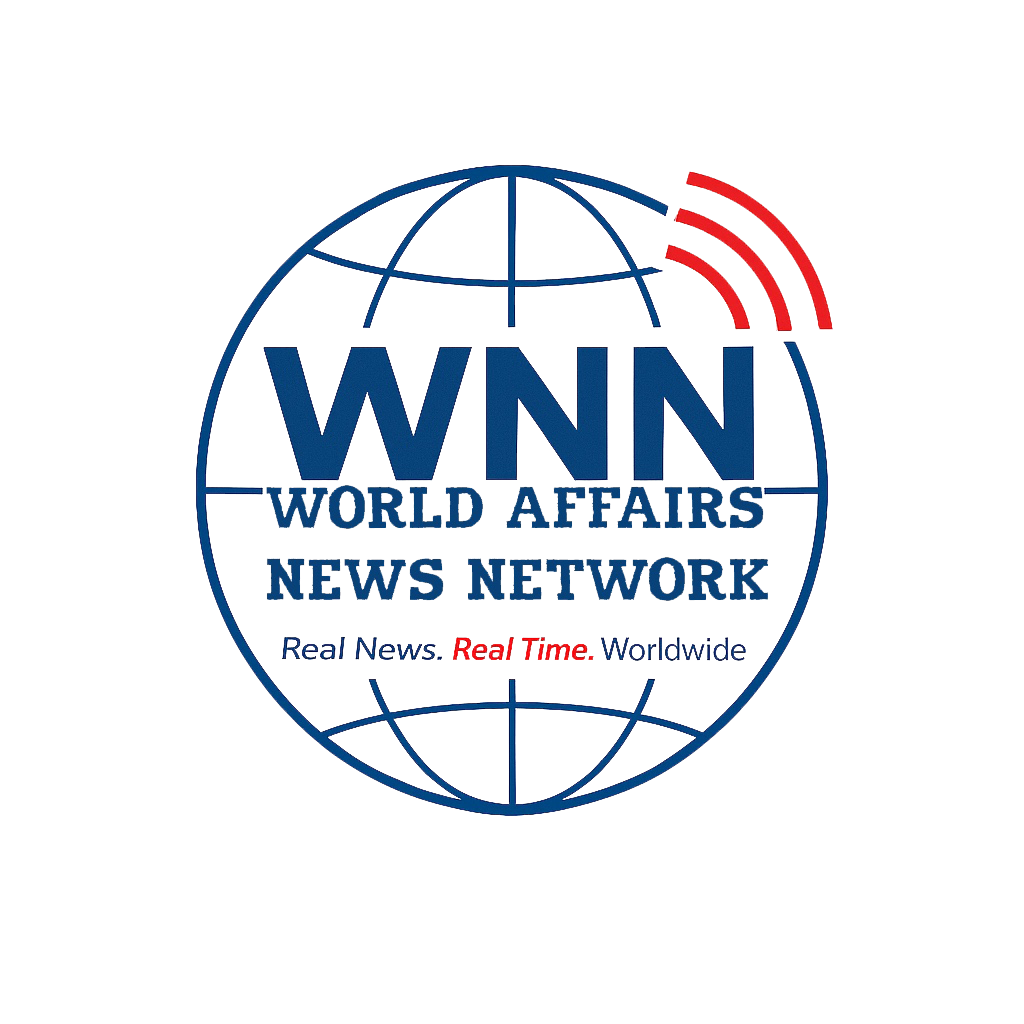ALASKA: The highly anticipated Trump-Putin summit in Anchorage, Alaska, drew the world’s attention as elaborate gestures replaced concrete diplomacy. President Donald Trump greeted Russian President Vladimir Putin with grandeur, including a military flyover and a ride in “the Beast,” the official presidential limousine. For Putin, this event was much more than protocol a triumphant stage with which to reclaim his place in Western diplomacy after being marginalized for Russia’s 2022 invasion of Ukraine. Despite the pomp, the true outcome was clear: however spirited the ceremonial welcomes, there was no ceasefire, no breakthrough plan, and no end in sight for the bloodiest war Europe has witnessed in generations.
Trump hailed the meeting as “very productive,” while Putin hinted at the possibility of a future gathering in Moscow. Behind closed doors, however, two and a half hours of negotiation failed to resolve the most critical issue. Russia was steadfast in its demand for recognition of territorial gains made since 2022, while Ukraine refused to compromise its sovereignty. This deadlock led to a summit rich in spectacle but poor in substance, with the world left to witness gestures that masked unresolved conflict.
The event became a diplomatic windfall for Putin. Breaking protocol, the Russian president spoke first at their joint appearance, taking control of the messaging before Trump could respond. Putin invoked shared World War II missions, the historic ties between Alaska and Russia, and commended Trump’s understanding of Russia’s national interests. The performance gave Putin the aura of a rehabilitated statesman, counteracting years as a diplomatic outcast. “Putin is back,” was a message delivered through ceremony as well as words, signaling that efforts by the West to isolate him had been undermined.
For Trump, the optics were more complex. His overt praise for Putin, coupled with the conspicuous omission of Moscow’s continued attacks on Ukrainian civilians, raised questions about his sympathies. Media commentators and some officials observed that Trump appeared more aligned with the Kremlin than with Kyiv, with his rhetoric centering on past grievances and domestic political narratives. The summit, with its speeches and posturing, felt as much like a campaign rally as it did a diplomatic negotiation. Trump revisited his grievances over the 2016 and 2020 elections, referring to “hoax” charges of Russian interference and echoing Putin’s claims about a “rigged” Biden victory. This approach transformed the summit into political theater aimed primarily at Trump’s American base rather than at addressing the crisis on the world stage.
No tangible progress was disclosed. Trump insisted progress had been made but offered no specifics, telling reporters, “There’s no deal until there’s a deal.” Meanwhile, Putin played a longer game, exploiting the situation. As Trump gave the summit a “10” during a Fox News interview, Russian forces intensified their operations in eastern Ukraine, further eroding Ukrainian defenses. While the leaders conferred thousands of miles away, air raid sirens sounded in Kyiv, a stark reminder that for Putin, the passage of time is a weapon. Each day without a ceasefire fortifies his strategic position, chips away at Western unity, and expands Russia’s leverage for future negotiations.
Ukraine’s voice was notably absent throughout the proceedings. President Volodymyr Zelenskyy, whose country endures daily suffering, was sidelined. Trump’s vague promise to call him “very soon” was little consolation. Observers interpreted the summit as a wake-up call for Kyiv: the US’s commitment is not unconditional, and its leader appears increasingly willing to bargain with Moscow. Without Ukraine at the negotiating table, the Anchorage talks highlighted the complex and precarious nature of international support for Kyiv in its darkest hour.
The summit’s staging complete with handshakes, smiles, and vague platitudes contrasted sharply with its outcomes. As Trump and Putin stood before a backdrop proclaiming “Pursuing Peace,” the reality was that peace remained elusive. The meeting became a symbol not of diplomatic accomplishment, but of a shift in US policy and global perception. The world witnessed a US president publicly lauding a Russian leader, a rejuvenated Putin with agency restored, and a Ukrainian nation forced to reconsider assurances of American support. The Anchorage summit will thus be remembered less for what it achieved than for what it revealed a dangerous evolution in US diplomacy, where spectacle and political theater increasingly outweigh the values of truth and justice, and where time itself can become the most powerful weapon of all.
-Dr. Shahid Siddiqui; follow via X @shahidsiddiqui
WATCH, LIKE & SUBSCRIBE FOR EXCLUSIVE COVERAGE



















